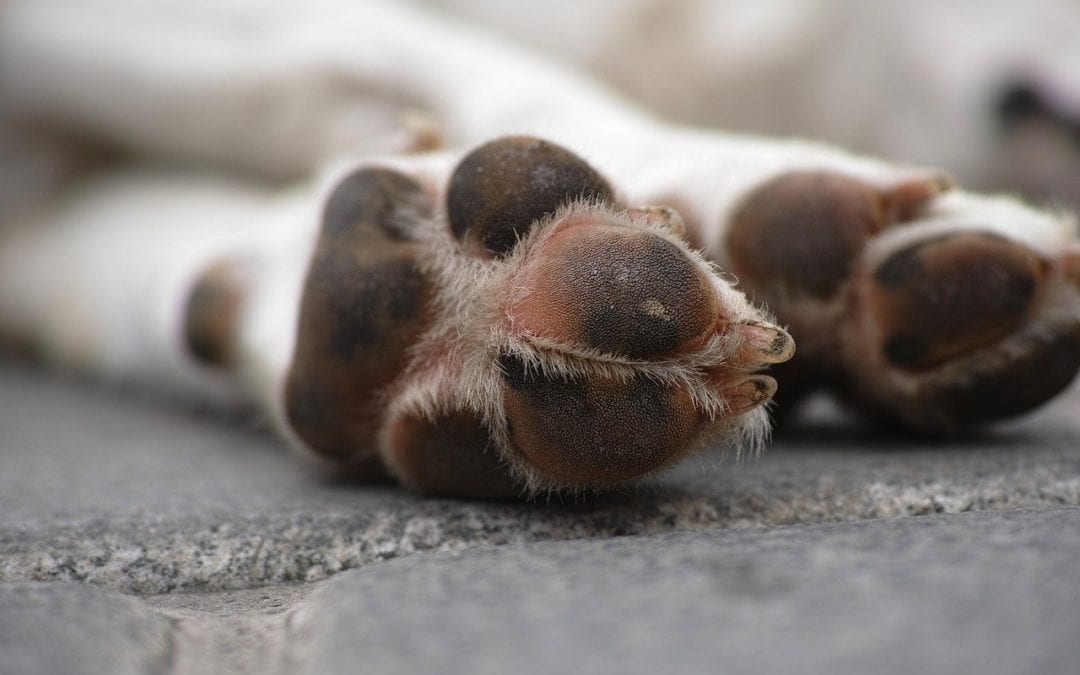5 Warning Signs of Cancer Every Pet Owner Needs to Know
November is Pet Cancer Awareness Month. As our pets age, they’re more likely to develop cancer. Detecting signs of cancer in the earliest stages gives your pet the best chance for a positive outcome. And, while geriatric pets are more susceptible to cancer, younger pets can also be affected. Keep an eye out for the following changes that may indicate cancer development:
#1: Check for abnormal lumps and bumps.
Not all lumps and bumps that pop up on your pet will be cancerous tumors; some may be benign masses. If a lump appears suddenly, oozes, or grows rapidly, it’s time to seek professional help. We can test a sample of the fluid in the lump to see if cancerous cells are present and the mass requires surgical removal.
#2: Watch for changes in appetite and activity.
Older pets naturally slow as they age, but an abrupt decline in activity or appetite can indicate a cancerous process. Cancer takes a toll on the body, often making your pet feel weak and lethargic and stealing her appetite. Oral and abdominal masses can interfere with eating and digestion, also leading to a decreased appetite.
#3: Be on the lookout for vomiting and diarrhea.
Although vomiting and diarrhea are two common signs of many illnesses in pets, they’re often seen with cancer. It is difficult to differentiate between cancer and pancreatitis, organ dysfunction, or gastrointestinal upset without a thorough physical exam and diagnostic testing.
#4: Monitor for unexplained weight loss.
Pets with good appetites shouldn’t lose weight unless something is interfering with normal body function. While endocrine diseases can cause weight changes, cancer is also a top culprit of unexplained weight loss. If your pet is eating normally but losing weight, a checkup is warranted.
#5: Look out for limping.
Many older pets suffer from osteoarthritis and other joint and muscular conditions that can cause limping, but cancer can also cause pain and limping. Cancers affecting the bone are common in large dogs and are excruciating. Regardless of the cause of your pet’s limping, a veterinary visit is necessary to find relief for your pet.
Although a cancer diagnosis is terrifying, regular veterinary visits and watching for warning signs can help to catch cancer and other illnesses early. If your pet isn’t acting like itself, contact us.

